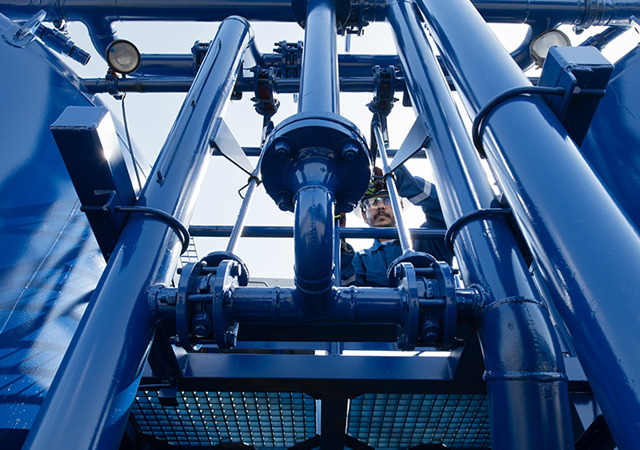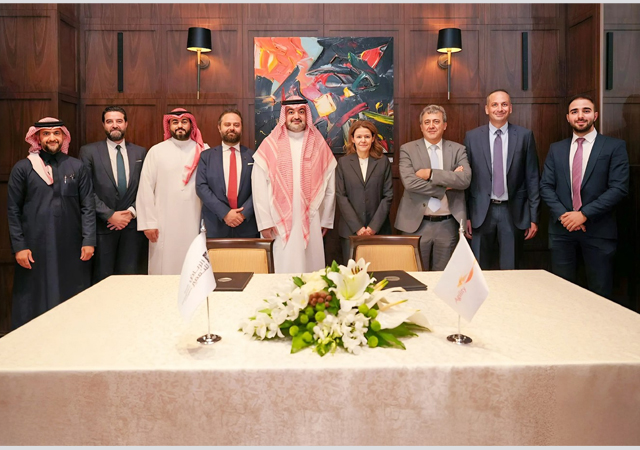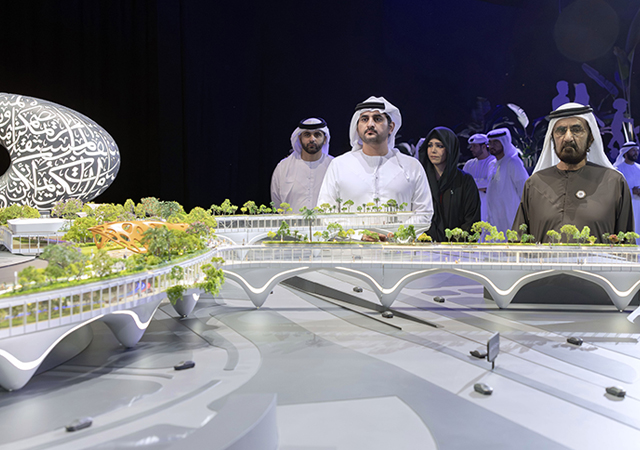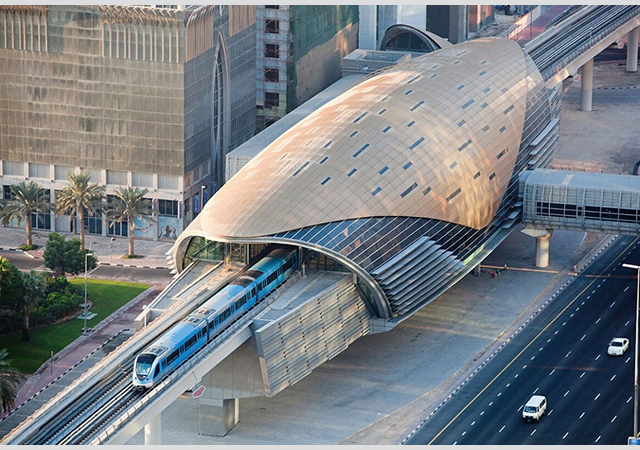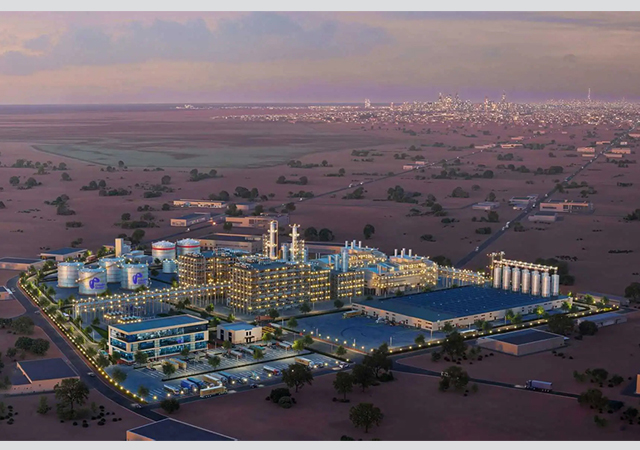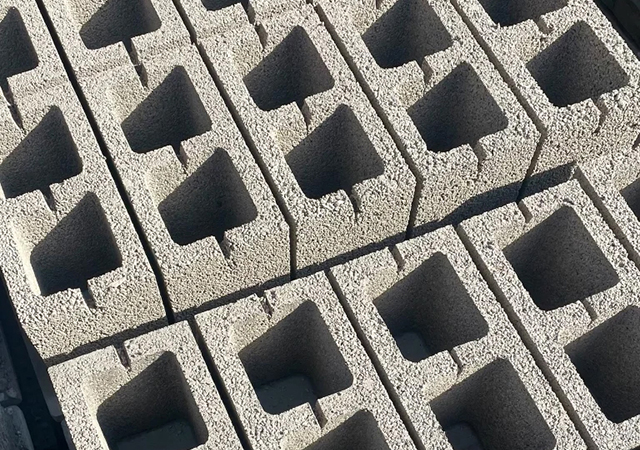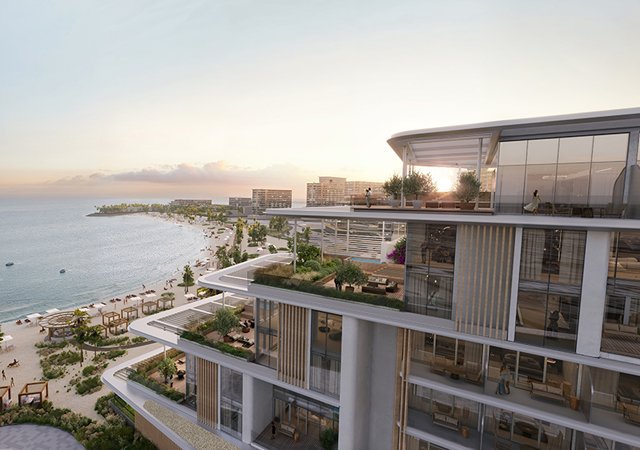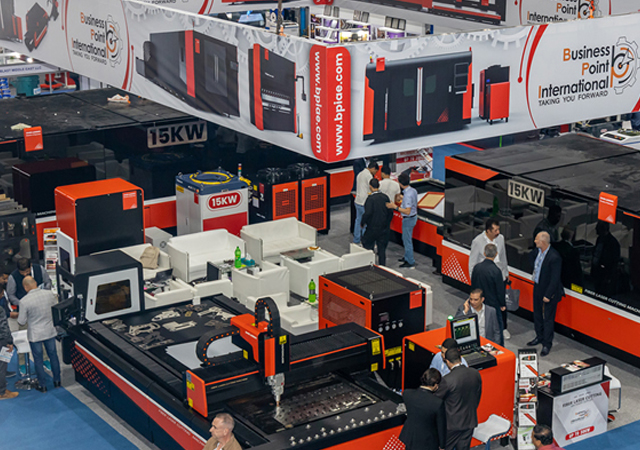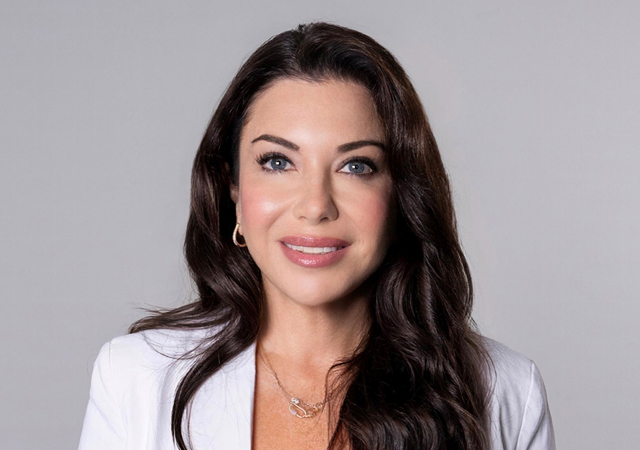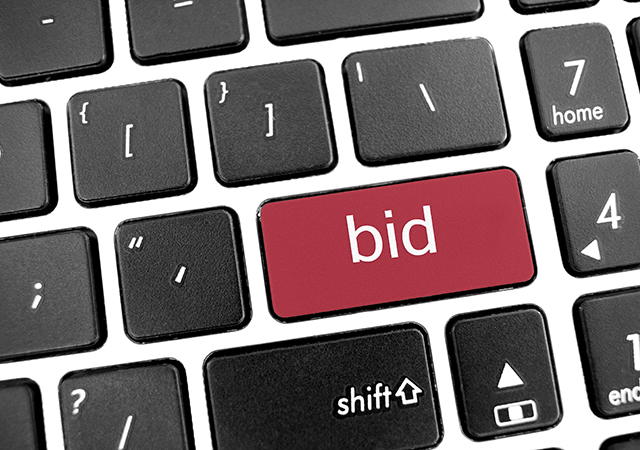
HH Sheikh Mohammed bin Rashid Al Maktoum, Vice President and Prime Minister of the UAE and Ruler of Dubai, today (March 13) launched the Dubai 2040 Urban Master Plan that maps out a comprehensive future map for sustainable urban development in the city.
Aligned with the UAE’s vision for the next 50 years, it is focused on enhancing people’s happiness and quality of life.
This is the seventh such plan developed for the emirate since 1960. Between 1960 and 2020, the population of Dubai has multiplied 80 times from 40,000 in 1960 to 3.3 million by the end of 2020 and increased in cultural diversity to include people from over 200 nationalities. The urban and built area of the emirate increased 170-fold in the same period.
The people-centric plan focuses on reinforcing Dubai’s competitiveness as a global destination by providing a wide diversity of lifestyle and investment opportunities for citizens, residents and visitors over the next 20 years.
Designed to realise Sheikh Mohammed’s vision to make Dubai the city with the world’s best quality of life, the plan aims to provide the highest standards of urban infrastructure and facilities.
He said the visionary development journey started by the late Sheikh Rashid bin Saeed Al Maktoum in the sixties continues to guide Dubai’s evolution into a city that promotes the greatest human values and possibilities and an environment where people from around the world can thrive.
"Our strategic development plans are focused on creating the best possible environment and infrastructure to enhance the community’s happiness and wellbeing and support the fulfilment of the greatest human aspirations for both our citizens and people from around the world,," he remarked.
"Drawing inspiration from global best practices and adapting them to local needs and requirements, we have created a development model that offers the best possible quality of life and creates the conditions for sustainable prosperity. Our goal is to create a truly inclusive environment that not only meets the needs of Dubai’s diverse population, but also inspires them to tap into their creative and innovative capacities and realise their true potential," he added.
Sheikh Mohammed said by constantly striving to raise benchmarks and implementing diligent strategic planning, Dubai has joined the ranks of the world’s leaders in various spheres and sectors.
"With a clear vision and a deep understanding of what it takes to succeed in an evolving global environment, we continue to work to shape an even greater future rich with opportunities," he noted.
The launch of the plan was held in the presence of Sheikh Maktoum bin Mohammed bin Rashid Al Maktoum, Deputy Ruler of Dubai; Sheikh Ahmed bin Saeed Al Maktoum, President of the Dubai Civil Aviation Authority and Chairman and Chief Executive of Emirates Airline and Group; Sheikh Ahmed bin Mohammed bin Rashid Al Maktoum, Chairman of Dubai Media Council and other officials.
The Urban Master Plan envisages upgrading Dubai’s urban areas, with development mainly focused on five key centres.
Some of the key priorities include improving the efficiency of resource utilisation, developing vibrant, healthy and inclusive communities, and doubling green and leisure areas as well as public parks to provide a healthy environment for residents and visitors.
It also seeks to provide sustainable and flexible means of mobility as well a foster greater economic activity and attract foreign investments to new sectors.
Other objectives include enhancing environmental sustainability, safeguarding the emirate’s cultural and urban heritage and developing a comprehensive legislation and planning governance model.
Sheikh Mohammed also attended a briefing by Mattar Al Tayer, Chair of Dubai Urban Plan 2040 Higher Committee, and Director General and Chairman of the Board of Executive Directors of the Roads and Transport Authority (RTA).
It covered the final deliverables of the plan, which is focused on development and investment in five main urban centres (three existing and two new centres) that support growth of economic sectors and increased job opportunities for its diverse population, in addition to providing an wide range of lifestyle facilities that cater to the needs of all sections of the population.
The existing urban centres include Deira and Bur Dubai, historic areas that highlight the emirate’s tradition and heritage; the business and financial heart of the city encompassing Downtown and Business Bay; the hospitality and leisure centre encompassing the Dubai Marina and JBR that serves as an international tourism and leisure hub.
The two new centres include Expo 2020 Centre, an economic and growth hotspot featuring affordable housing and a focal point for the exhibitions, tourism and logistics sectors; and Dubai Silicon Oasis Centre, a science and technology and knowledge hub that drives innovation, digital economy development and talent generation.
The new Master Plan has defined an integrated approach to the development of the urban centres by providing equitable access to facilities, services and opportunities across the city for all residents.
Depending on urbanisation levels, the Master Plan defines a hierarchy of communities in the city.
The largest of them, the emirate, includes the five main ‘towns’ built around each of the five main urban centres with a population of 1 to 1.5 million, followed by the multi sector with a population of 300,000 to 400,000; the sector with a population of 70,000 to 125,000; the district with a population of 20,000 to 30,000; the community with a population from 6,000 to 12,000 and finally the neighbourhood, with a population of 2,000 and 4,000.
Based on these levels, infrastructure and transit systems, energy and government services, and facilities such as hospitals, schools, service centres, and leisure centres will be provided across of Dubai.-TradeArabia News Service


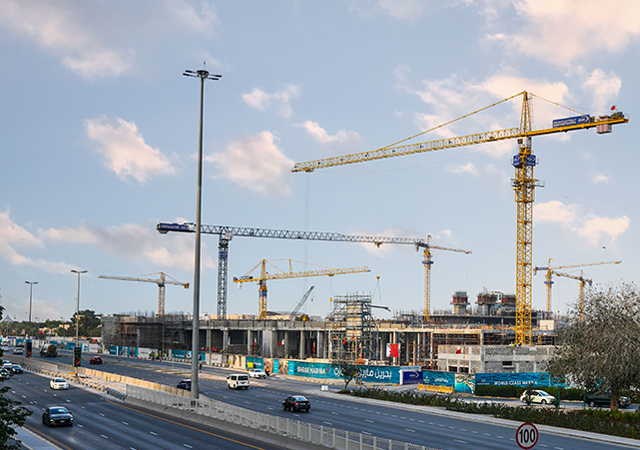





.jpg)

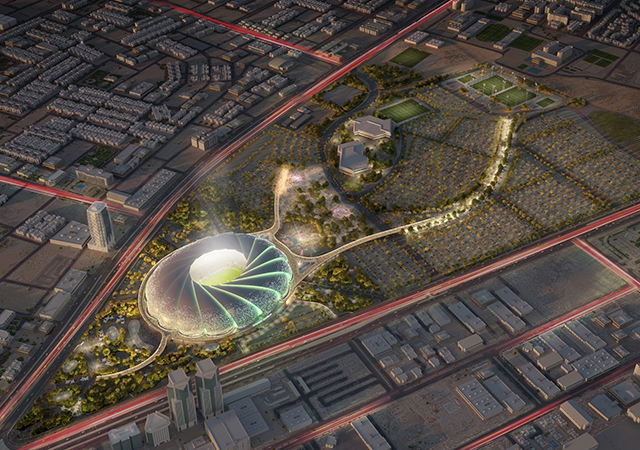
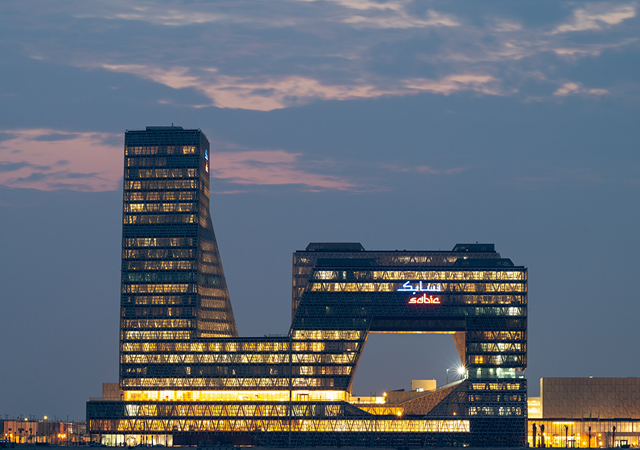


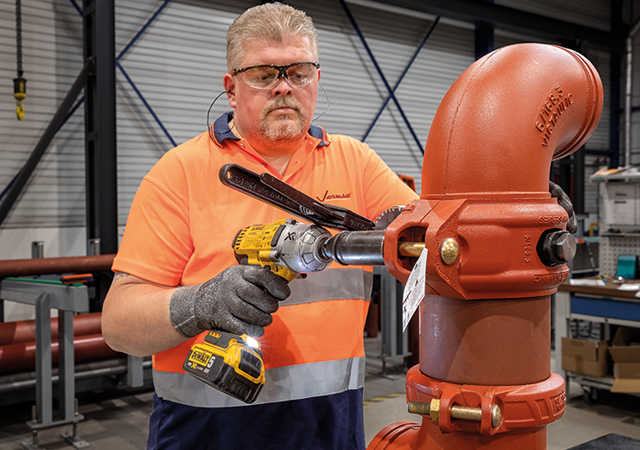

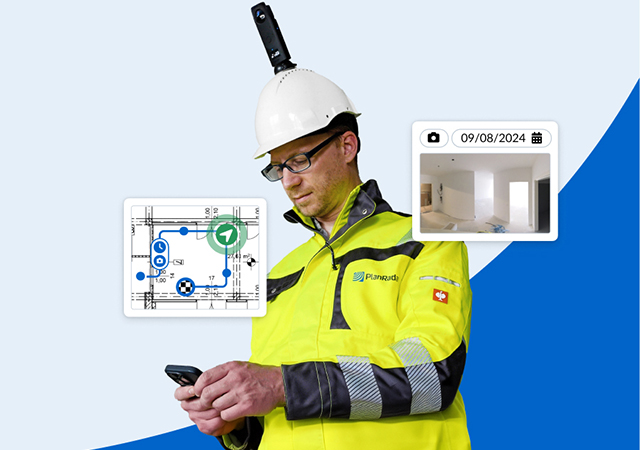
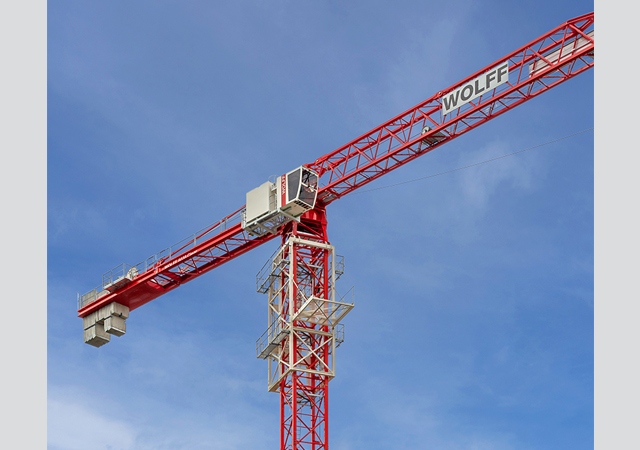
.jpg)
.jpg)
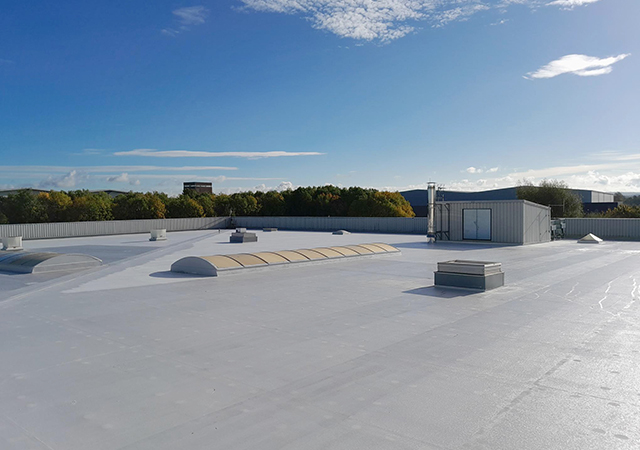
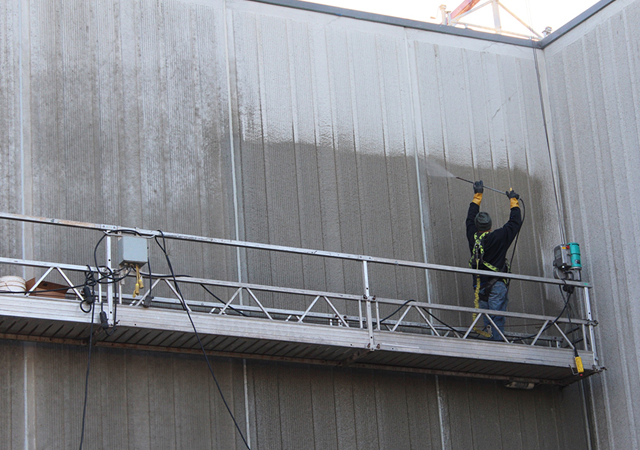
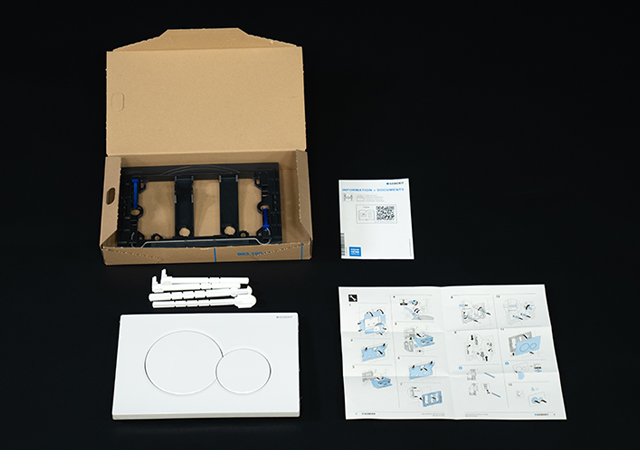
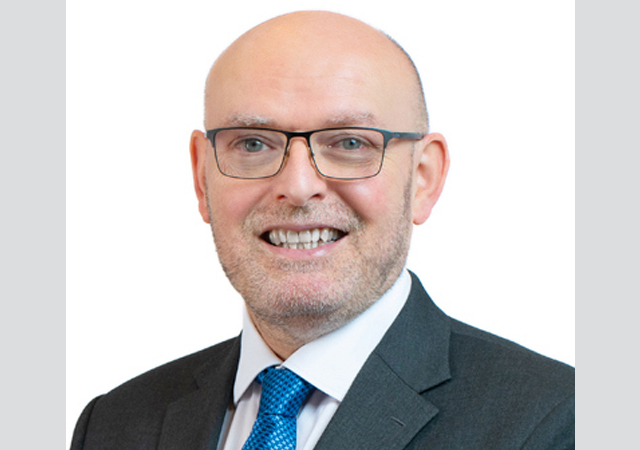
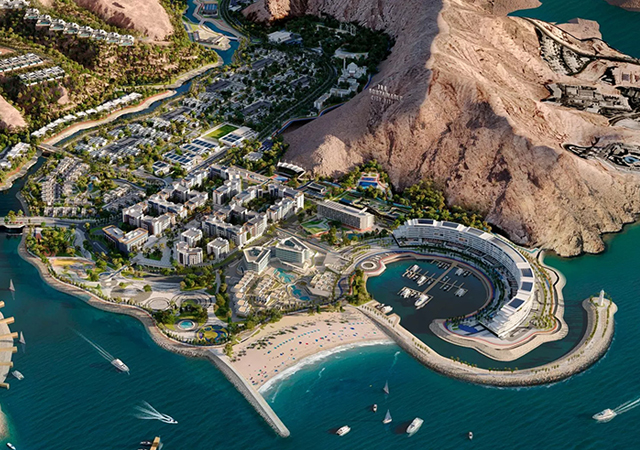
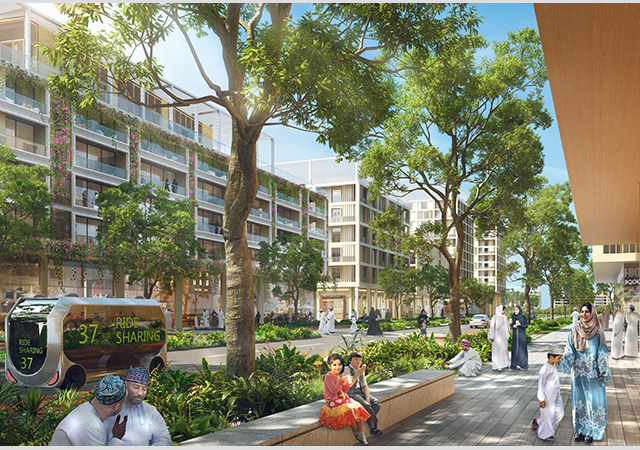
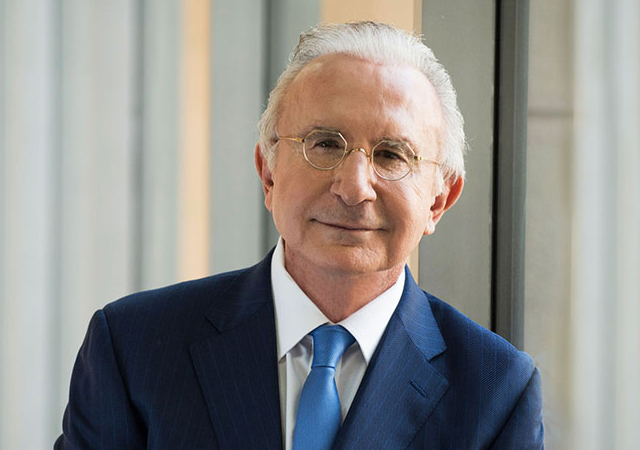
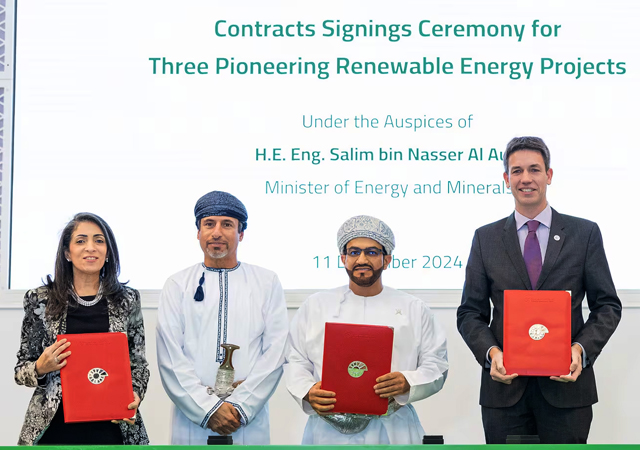
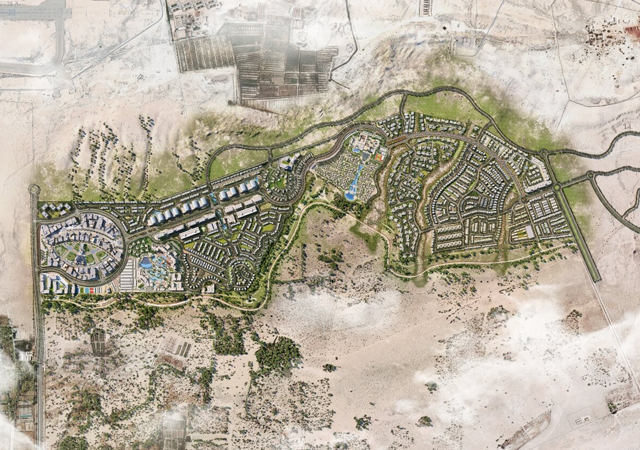
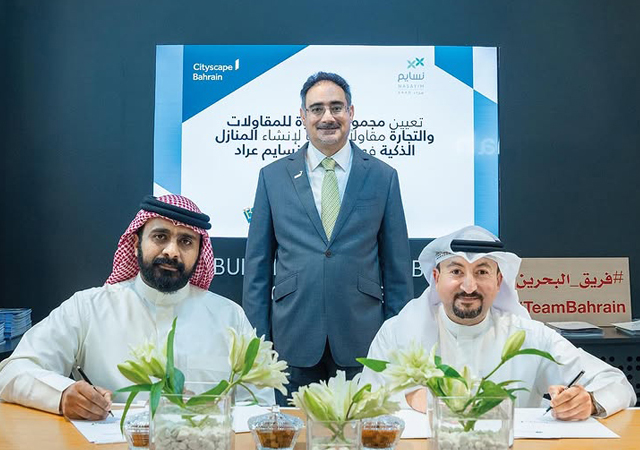

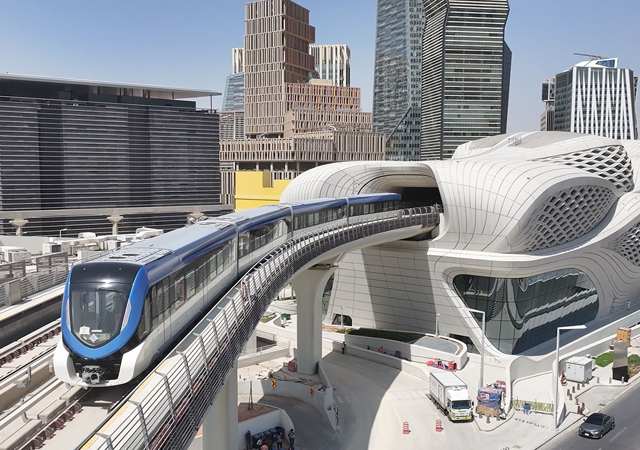

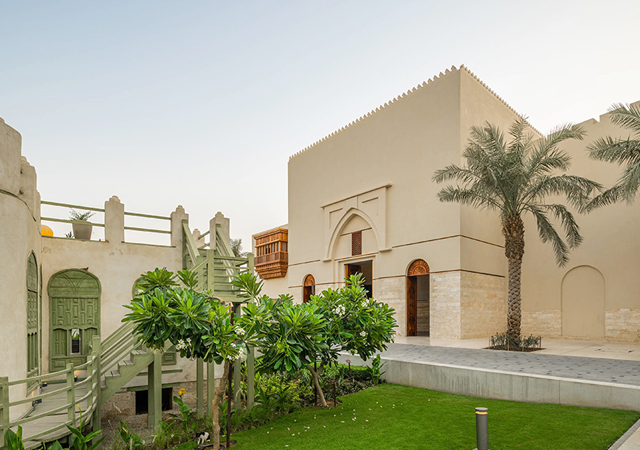

.jpg)
